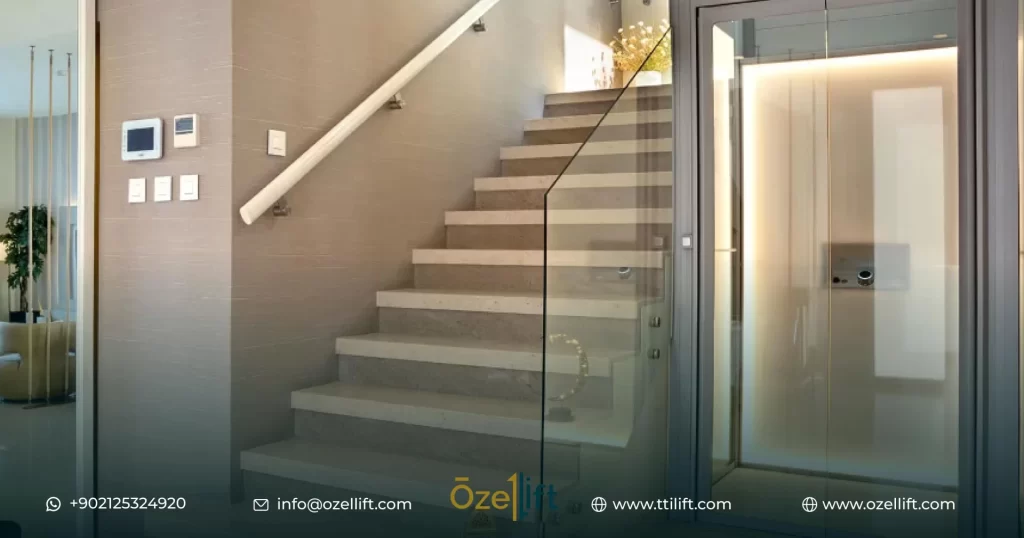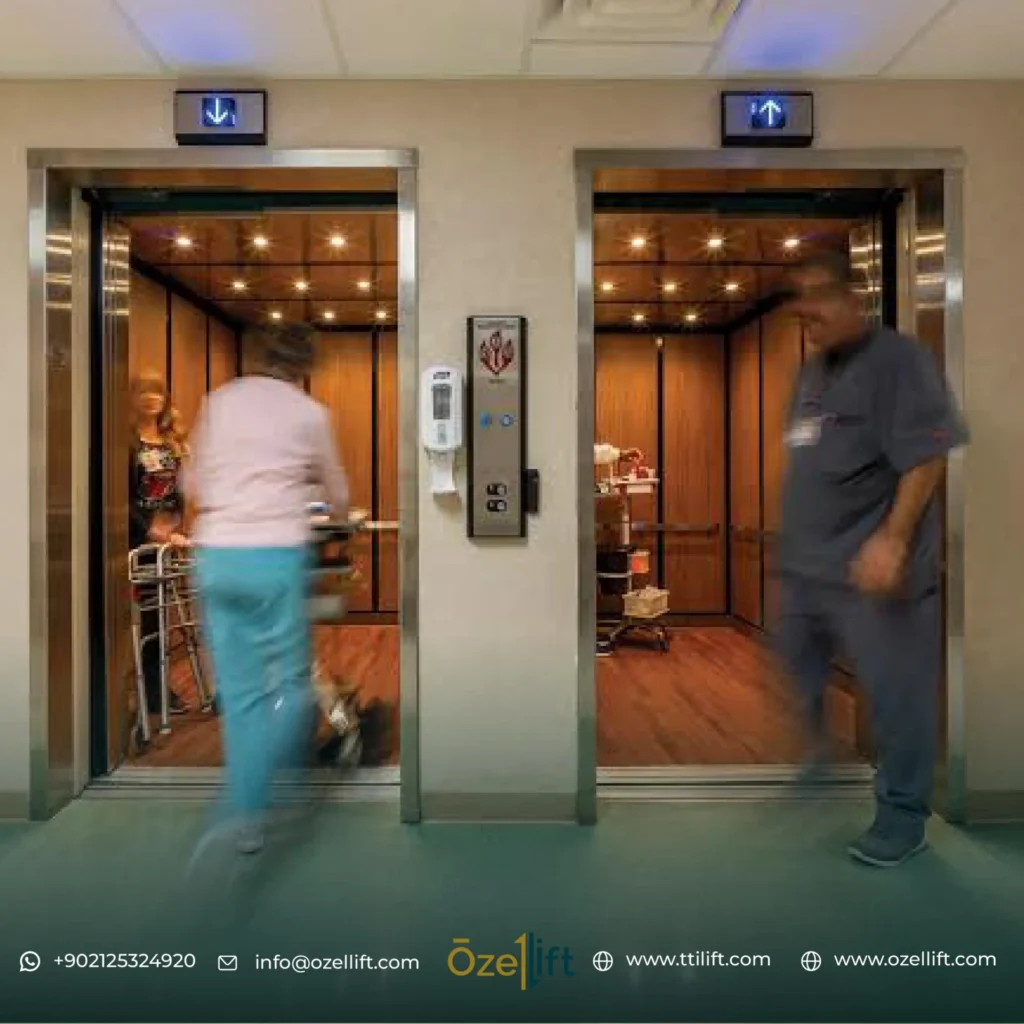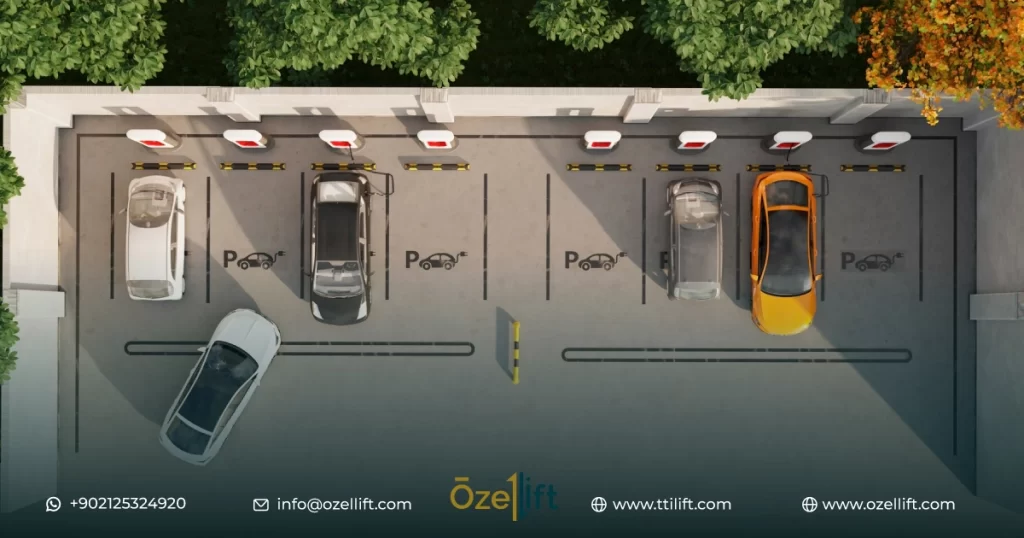The world of elevators relies on a workhorse technology: the traction elevator. But within this category, two distinct systems dominate: geared and gearless traction elevators. Each offers unique advantages, making the choice between them crucial for building design. This article delves into the world of geared and gearless traction elevators, explaining their functionalities, strengths, and ideal applications. We’ll explore how geared and gearless traction elevators function, compare their speed and efficiency, and highlight the factors to consider when choosing between them for your next project.
Understanding the importance of elevator systems in commercial buildings
Elevator systems play a crucial role in the smooth functioning of commercial buildings. They are not just a means of transportation; they are a vital component of the overall infrastructure. A well-designed and reliable elevator system ensures the efficient movement of people and goods, enhancing the overall productivity and convenience of the building.
In addition to convenience, safety is paramount when it comes to elevator systems. Whether it’s carrying heavy loads or accommodating individuals with disabilities, the elevator must adhere to strict safety regulations to prevent accidents and ensure the well-being of its passengers.
Considering the importance of elevator systems, it is essential to select the right type of elevator for your building. Factors such as cost, energy efficiency, space requirements, and maintenance should be carefully evaluated to make an informed decision.
In the following sections, we will delve deeper into the costs associated with geared and gearless traction elevators, comparing their initial investment, operating expenses, and overall lifetime value. By understanding these cost considerations, you will be better equipped to choose the elevator system that aligns with your building’s requirements and budget. Stay tuned!
Don’t settle for just any elevator company – Contact Ozellift today for geared and gearless traction elevator solutions!
The advantages of geared traction elevators
Geared traction elevators have long been a popular choice for many buildings due to their numerous advantages. One of the main advantages is their initial investment cost. Geared traction elevators tend to be more affordable upfront compared to gearless traction elevators. This makes them an attractive option for buildings with budget constraints.
Another advantage is that geared traction elevators are known for their durability and reliability. They are designed to handle heavy loads and constant daily use, making them suitable for high-traffic buildings. Additionally, geared traction elevators require less energy to operate, resulting in lower operating expenses over time.
Maintenance is another area where geared traction elevators shine. They are relatively easier and less expensive to maintain compared to gearless traction elevators. Components such as gears and pulleys are easier to access and replace, which reduces downtime and keeps maintenance costs in check.
Considering these advantages, geared traction elevators can be a cost-effective choice for buildings with moderate to heavy usage. In the next section, we will discuss the perks of gearless traction elevators, giving you a comprehensive understanding of the costs and benefits associated with each type. Stay tuned!
Know more about
mr observation elevator suppliers
advantages and disadvantages of traction elevator
Exploring the benefits of gearless traction elevators
While geared traction elevators have their advantages, it’s important to explore the benefits of gearless traction elevators as well before making a final decision. One major advantage of gearless traction elevators is their smooth and quiet operation. Without the need for gears and pulleys, gearless traction elevators produce less noise, resulting in a more pleasant riding experience.
Another advantage is their higher energy efficiency. Gearless traction elevators utilize a permanent magnet motor that requires less electricity to operate, resulting in reduced energy consumption and lower utility costs. This makes them a more sustainable option in the long run, aligned with the increasing focus on green buildings.
Additionally, gearless traction elevators are known for their speed and performance. With a higher horsepower rating, they can achieve faster speeds and handle heavier loads, making them suitable for buildings with high demands or taller structures.
Considering these benefits, gearless traction elevators are an excellent choice for buildings that prioritize smoothness, energy efficiency, and high-performance. In the following section, we will compare the upfront costs and maintenance requirements of gearless traction elevators to give you a complete understanding of their economics. Keep reading to make an informed decision!
Stay tuned for the next blog section, where we delve into the upfront costs and maintenance requirements of gearless traction elevators in comparison to geared traction elevators.
Upgrade your building with Ozellift’s reliable geared and gearless traction elevators. Get a free quote now!
Analyzing the cost differences between geared and gearless traction elevators
In this section, we will analyze the cost differences between geared and gearless traction elevators. When considering the upfront costs, it’s important to note that gearless traction elevators generally have a higher initial price compared to geared traction elevators. This is mainly due to the advanced technology and materials used in their construction.
However, it’s crucial to look beyond the initial investment and consider the long-term savings. Gearless traction elevators require less maintenance and have a longer lifespan, which ultimately offsets the higher initial cost. Their low maintenance requirements can lead to significant savings in the form of reduced repair and replacement expenses over the elevator’s lifetime.
Moreover, gearless traction elevators have a higher energy efficiency, as mentioned in the previous section. This results in lower utility costs over time, contributing to additional long-term savings. When evaluating the overall cost-effectiveness, it’s essential to consider factors such as lifetime maintenance expenses and energy consumption.
In the next section, we will provide a comprehensive breakdown of the maintenance requirements for both types of elevators, allowing you to make an informed decision based on your budget and needs.
Know more about
Know more about
Considering the long-term maintenance and energy efficiency factors
Considering the long-term maintenance and energy efficiency factors
When comparing the costs of geared and gearless traction elevators, it’s important to take into account the long-term maintenance and energy efficiency factors. While gearless traction elevators may have a higher initial investment, their low maintenance requirements can lead to significant savings over time. Unlike geared elevators, which require regular upkeep and periodic replacement of gears, gearless elevators have fewer moving parts and therefore require less maintenance and repairs.
Additionally, gearless traction elevators are known for their energy efficiency. As mentioned in the previous section, the gearless system eliminates the need for a gearbox, resulting in less energy consumption. This not only reduces utility costs but also contributes to a more sustainable and environmentally friendly operation.
By considering the long-term maintenance and energy efficiency factors, you can make an informed decision about which type of elevator is the most cost-effective for your specific needs and budget.
Making an informed decision for your commercial building
Now that we have discussed the long-term maintenance and energy efficiency factors of geared and gearless traction elevators, it’s time to make an informed decision for your commercial building.
When it comes to selecting the right elevator, it is crucial to consider the specific needs of your building and budget. If you anticipate heavy usage and require a high-speed elevator, a gearless traction elevator might be the most suitable option. Although it may have a higher upfront cost, its low maintenance requirements and energy efficiency can lead to long-term savings and a greener operation.
On the other hand, if your building has lower traffic and limited budget, a geared traction elevator could still be a viable choice. You may need to factor in the cost of regular maintenance and gear replacements, but it could be a more affordable option in the short term.
Ultimately, the decision depends on your specific requirements, priorities, and financial considerations. Consult with elevator professionals and evaluate different factors to determine which elevator system best suits your commercial building.
Conclusion: Choosing the right elevator system for your needs
In conclusion, the choice between a geared and gearless traction elevator ultimately comes down to your specific needs and budget. If you require a high-speed elevator with heavy usage, a gearless traction elevator may be the best option. Despite its higher upfront cost, its energy efficiency and low maintenance requirements can lead to long-term savings.
However, if your building has lower traffic and a limited budget, a geared traction elevator could still be a viable choice. It is important to consider the cost of regular maintenance and gear replacements, but it may be a more affordable option in the short term.
To make an informed decision, consult with elevator professionals who can assess your specific requirements and help you evaluate different factors. By carefully considering your priorities and financial considerations, you will be able to choose the elevator system that best suits your commercial building.
Ozellift: Your trusted partner for geared and gearless traction elevators. Contact us to discuss your project!
What is the difference between gearless and geared traction elevators?
Gearless elevators use a motor directly attached to the elevator’s pulley, while geared elevators have a motor connected to the pulley through a gearbox, which adjusts the speed.
What is a gearless traction elevator?
A gearless traction elevator is one that operates without a gearbox, using a direct connection between the motor and the elevator pulley for a smoother ride.
Is gearless better than geared?
Gearless elevators are often considered better because they offer a smoother and quieter ride. They also require less maintenance compared to geared elevators, but they can be more expensive.
What is a geared machine in an elevator?
In an elevator, a geared machine refers to a system where the motor is connected to the pulley through a gearbox. This gearing mechanism adjusts the speed of the elevator by changing the ratio between the motor and the pulley.



